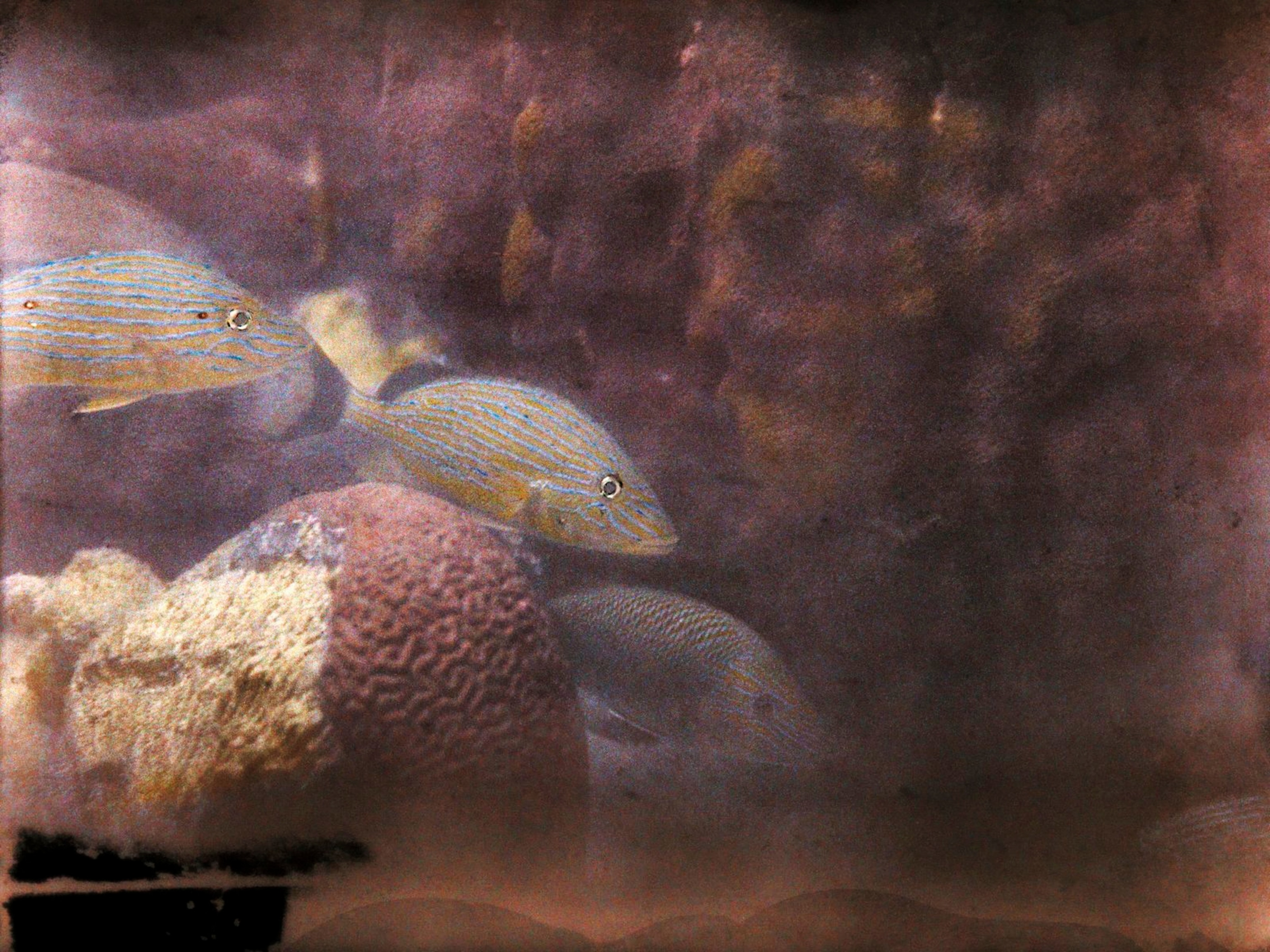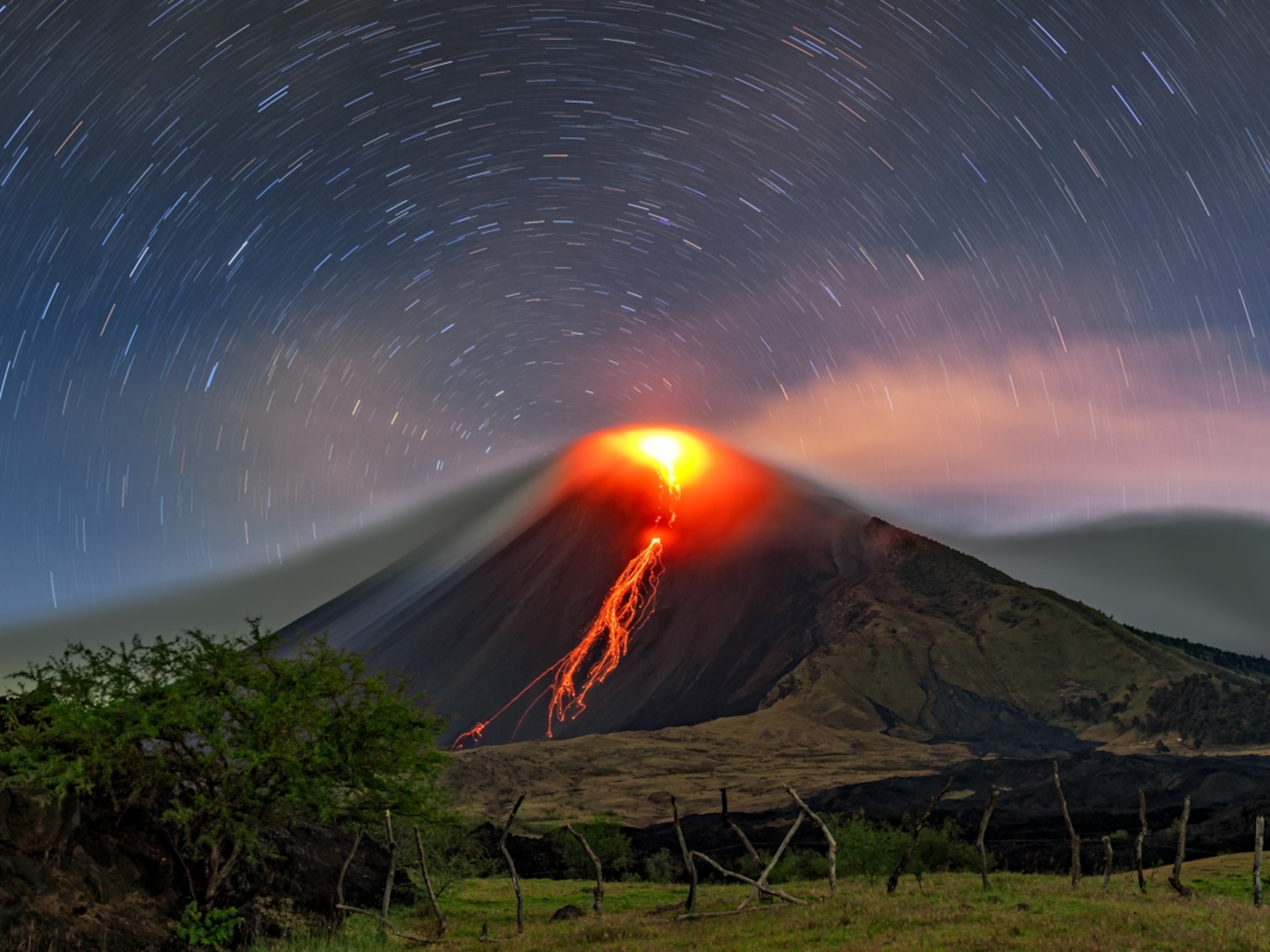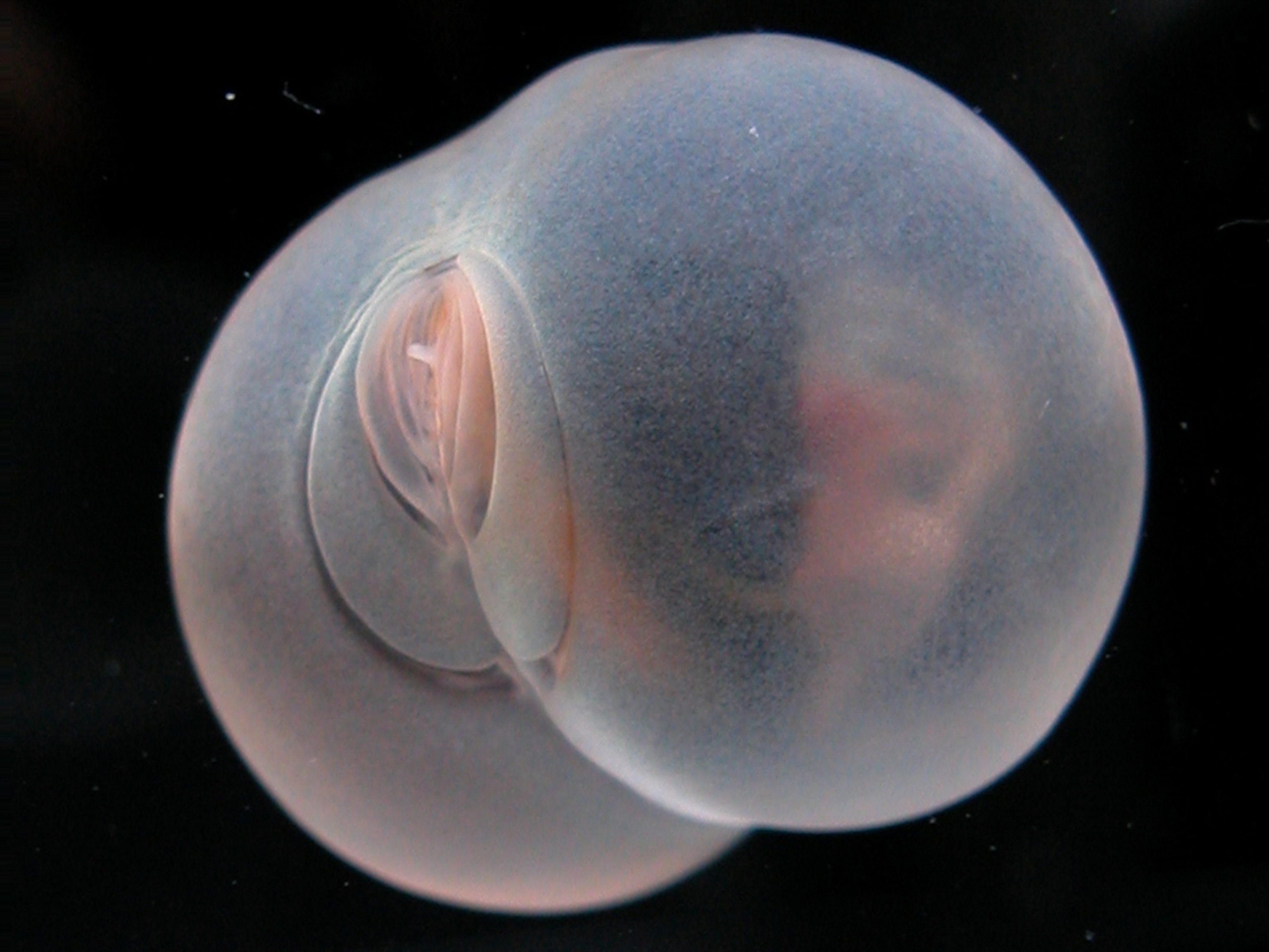Vast in scope and size, there is only one true ocean on Earth. This connected body of water surrounds the continents and is divided into five major regions: the Pacific, Atlantic, Indian, Arctic, and Southern oceans. (The Black and Caspian Seas are enclosed by the landmass that makes up Europe and Asia.) Taken together, the oceans cover more than 70 percent of the Earth's surface and give the planet the appearance, from space, of a blue marble.
The deep waters of these oceans hide from view rugged mountains, vast plateaus, active volcanoes, and seemingly bottomless trenches. These underwater landscapes are in an endless cycle of construction and destruction as new crust is born along mid-ocean ridges, pushing old crust into the depths of the fiery mantle.
The oceans appeared hundreds of millions of years ago as planet Earth cooled from its wild and hot adolescence. Layers of rock piled together and the vast amounts of steam that volcanoes spewed into the atmosphere turned to water vapor, condensed, and fell as rain. And rain it did. For thousands of years, the rains fell hard and filled giant depressions—forming the world's first seas.
Continental crust is less dense and thicker than the surface of the deep ocean. The transition from land to sea begins at the continental shelf, a gently sloping, submerged extension of the continent. The shelf ends at a break, where the increased steepness is defined as the continental slope. The slope leads down to the ocean abyss and its plains, plateaus, mountains, ridges, and trenches—hidden from view except for the tops of certain features that rise above the water's surface as islands.
Ever New Crust
The oldest rocks in the ocean date back only 200 million years, quite young for a planet thought to be about 4.5 billion years old. New crust constantly rises to the ocean surface along the mid-ocean ridge system, a giant underwater mountain range that snakes through the oceans like the stitching on a baseball. The birth of new crust pushes apart pieces of Earth's crust, called plates.
The pushing forces the old oceanic crust on the plate margins to bump into the edges of other plates. Where it collides with continental crust, the denser ocean crust dives beneath in a process called subduction. Once deep in the mantle, the crust melts into magma only to be spewed back to the surface along a mid-ocean ridge or an isolated volcano.
Subduction zones are marked by deep trenches, and just beyond them island arcs like Japan and mountains like the Andes in South America often rise. Where pieces of ocean crust collide, especially deep trenches form. The Mariana Trench in the North Pacific drops to a depth of 36,070 feet (10,994 meters) below the ocean surface at a point called Challenger Deep—the deepest spot on Earth.






